The Prime Minister and the journalist Greg Sheridan go back a long way. The other evening in Sydney’s Parliament House, Tony Abbott launched Sheridan’s new memoir When We Were Young and Foolish. But the two first met in 1976 as students at Sydney University. They were then rival candidates for the position of student representative on the staff-student committee of the economics faculty. Sheridan recalls Abbott as a beefy, tanned, surfer-type with sandy hair, ready grin and a John Wayne lurch. Sheridan in the standard longish beard and shoulder-length hair was, he recalls, a ‘loud-mouthed geek, a literary neurotic’. Neither had any sort of program but Sheridan won the contest. The two students met again that same afternoon when, to the surprise of both, they turned up together at the first meeting of the Democratic Club associated with Bob Santamaria’s anti-communist National Civic Council. It was the beginning of years of collaboration – at the University, in journalism and politics. They were friends and allies in a life-long struggle against the reach of the reactionary Left in Australian life, culture, media and politics. When We Were Young and Foolish is the story of that collaboration. But it is much more than a personal memoir. As the Cold War passes from memory much of the viciousness, lying and violence is being forgotten. Sheridan records the years of his involvement, from the bashings, intimidation, and savage demonstrations of student politics in the 1970s through to his commitment to journalism and the end of the Cold War. There remains more to tell. The Cold War began in the 1940s and the struggles raged in the universities, the media, the unions and parliaments for years before Sheridan was born in 1956. But he tells it as he witnessed it.
There is more to the book than politics. Some of the most moving pages are on his religious faith. He recalls the Catholic life of his childhood before Vatican 2 from meatless Fridays to the role of confession and his years in a junior seminary training for the priesthood. He outlines the Church’s move away from giving priority to repentance and holiness and towards social justice. In a remarkable passage he recounts his youthful vision of (presumably?) the Virgin Mary. It was ‘one of the strangest experiences of my life and one that has stayed with me always. I know what I saw. Since then I have had no trouble with religious belief.’
It is a benign book. There is no attempt to settle old scores. He writes warmly of associates of varying political loyalties. He tells the sunny rather than the seedy side of Australian journalism. Speaking at the Prime Minister’s launching of his book, he recalled his tribute to Tony Abbott at the NCC’s farewell function when he was leaving for Oxford as a Rhodes Scholar: ‘I have never met a better man, nor had a better friend.’ That was 1981. Sheridan stands by those words today.
You could call it the Curse of the Archibalds. Bill Leak – painter and cartoonist – diagnosed it in a talk he gave the other day. If, he said, he had seen the winning portrait of the barrister Charlie Waterstreet anywhere but in the context of the Archibald Prize, he would have considered it a great painting and a good portrait. But in the context of the Archibald it becomes something else. It becomes a statement spoken in a loud voice by the Trustees of the Art Gallery of NSW who want you to know that the artist Nigel Milsom may have been ‘done’ for bashing a shopkeeper and robbing his 7/11 store but they are going to award him the Prize anyway. In that way the Trustees demonstrate how compassionate, tolerant, transgressive, and bohemian they are – always willing to ‘push the boundaries’. It helped that the portrait is of Charlie Waterstreet. That gave the Trustees the chance to be seen as a bit ‘Rakish.’ If Milsom had turned up with a portrait of Piers Akerman or Andrew Bolt, ‘he wouldn’t have got a look-in.’
Some of the finalists escape the Curse – for example Peter Churcher’s ‘exquisite’ portrait of his mother Betty, and ‘Alfie’ (Robert) Hannaford’s ‘beautifully painted’ self-portrait. But too many are simply illustrations of the arcane and politically correct ideas outlined in the notes displayed next to each painting and which no one understands. Take Kim Leutwyler’s ‘Start the Riot’. You might think it is a portrait of a top model and activist. But no, it is about ‘the fluidities and complexities of sexual identity’. It is not a painting, it is a teaching aid. Or look at Sophia Hewson’s ‘Delivered’. It is, Hewson tells us in the notes, about female self-objectification which may assert: ‘I can exhibit my sexuality without it amounting to my sexual availability.’ Tim Gregory’s ‘Self-portrait as ancestors’ shows us, according to the notes, that white painters will not contribute to Australia until we acknowledge that we are a colonial country violently ‘layered’ on top of the world’s oldest culture. So, as Leak sees it, Gregory is not a painter but an illustrator or ‘conceptualist’ more committed to ideas than to art.
Leak stopped going to the Archibalds some years ago. It was like being in a room of gimmicky people loudly showing off. He knows some will dismiss his opinions as sour grapes. He has been a finalist a dozen times but never a winner. He is unrepentant. He stands for the power of art to transcend the Curse of the Archibalds.
But he thinks the Art Gallery of New South Wales should be hauled before ICAC.
Got something to add? Join the discussion and comment below.
Get 10 issues for just $10
Subscribe to The Spectator Australia today for the next 10 magazine issues, plus full online access, for just $10.

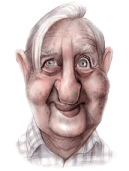
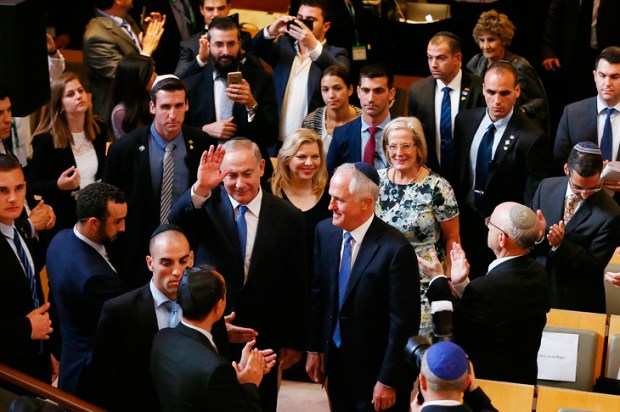
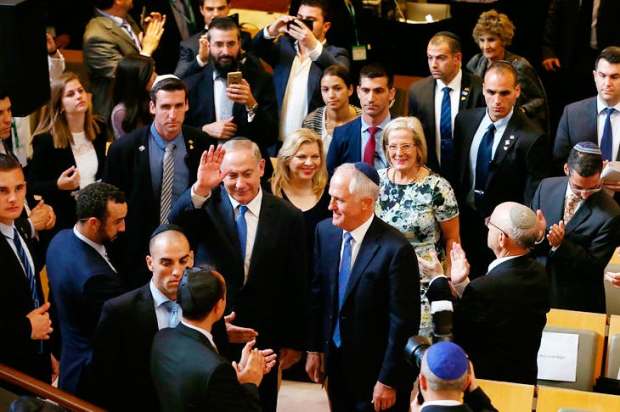
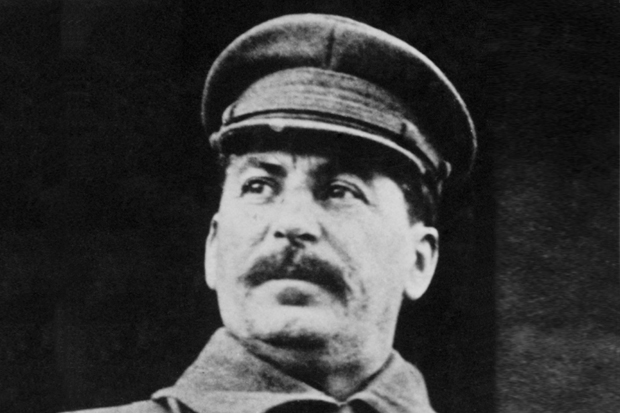
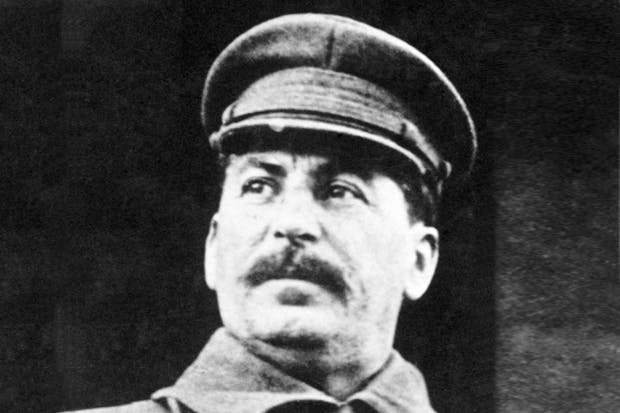







Comments
Don't miss out
Join the conversation with other Spectator Australia readers. Subscribe to leave a comment.
SUBSCRIBEAlready a subscriber? Log in